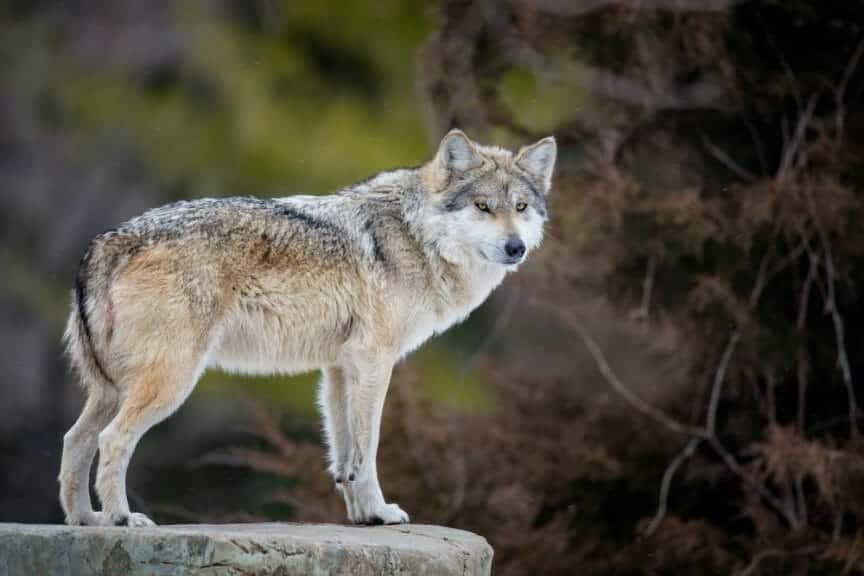A Mexican gray wolf named Asha was captured by The New Mexico Department of Game and Fish this week after wandering North of Interstate 40. The decision to capture Asha – authorized by the U.S. Fish and Wildlife Service – was to the disappointment of many conservationists familiar with her historic trek.
Mexican gray wolves – also known as Lobos – once numbered in the thousands all throughout the Southwest United States, from the mountains of the Southern Rockies to the Chihuahuan and Sonoran deserts. But throughout the 20th century, the Lobos’ population began to rapidly decline.
As Southwest cities grew and developed, the wolves’ natural prey started to vanish, causing them to turn to livestock for food. This sparked a harsh backlash from the wolves’ human neighbors, and culling practices were put in place to help eradicate the wolves from the Southwest. By 1976, just a few Mexican gray wolves remained, mostly in captivity, and they were recognized as an endangered species.
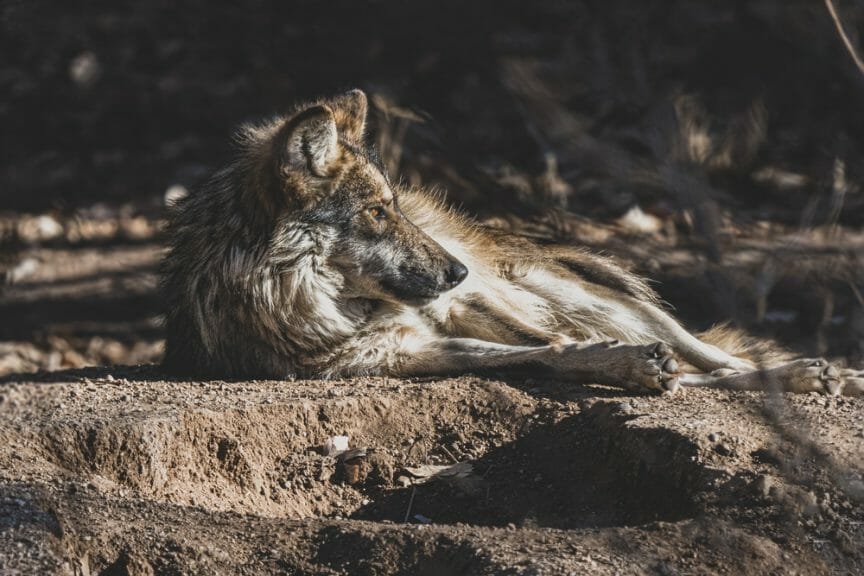
Twenty-two years later, in 1998, the U.S. Fish and Wildlife Service released eleven captive wolves into what is known as the Mexican Wolf Experimental Population Area, a region in Eastern Arizona and Western New Mexico designated for reintroducing Mexican gray wolves into the wild. While recovery has been slow largely due to the wolves’ compromised genetics and governmental roadblocks, 236 Lobos live in the wild today.
Asha, who was named by a seventh grader in a pup-naming contest held by Lobos of the Southwest, ventured out of the Mexican Wolf Experimental Population Area on January 2nd. This brave move has only been taken by a handful of wolves since the recovery area was put in place, making Asha’s trek a historic one. It immediately gathered attention in the press as frequent updates were given on the lone wolf’s journey.
The Wandering Lobo: An Age-Old Debate
The wandering Lobo also sparked an age-old debate between conservationists and U.S. Fish and Wildlife Service officials over whether Lobos should be confined to the experimental population area or allowed to roam elsewhere. Many conservationists believe that the incessant regulation around Lobos’ movement is particular to the species. Lobos of the Southwest notes:
“The Mexican gray wolf is the only endangered species that the U.S. Fish and Wildlife service has committed through regulation to confining within an arbitrary geographic zone.”
Lobos of the Southwest
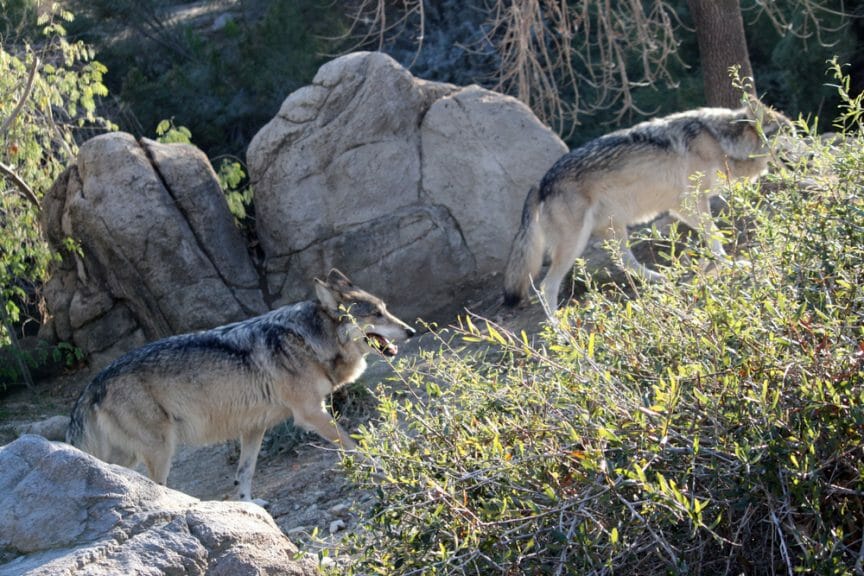
For weeks, conservationist groups like Lobos of the Southwest had been urging the U.S. Fish and Wildlife Service to allow Asha to continue her journey. Chris Smith, a wildlife advocate for WildEarth Guardians, said in an interview with Lobos of the Southwest:
“Wolves dispersing throughout their historic range and suitable habitat is so important for restoring the lobo in a meaningful, scientific way.”
Chris Smith / Lobos of the Southwest
Camilla Fox, executive director of Project Coyote, told Lobos of the Southwest:
“Wolves are far-ranging animals who can disperse hundreds of miles to seek new mates and establish new territories. Confining them to arbitrary political boundaries contravenes the best available science – and ethics.”
Camilla Fox / Lobos of the Southwest
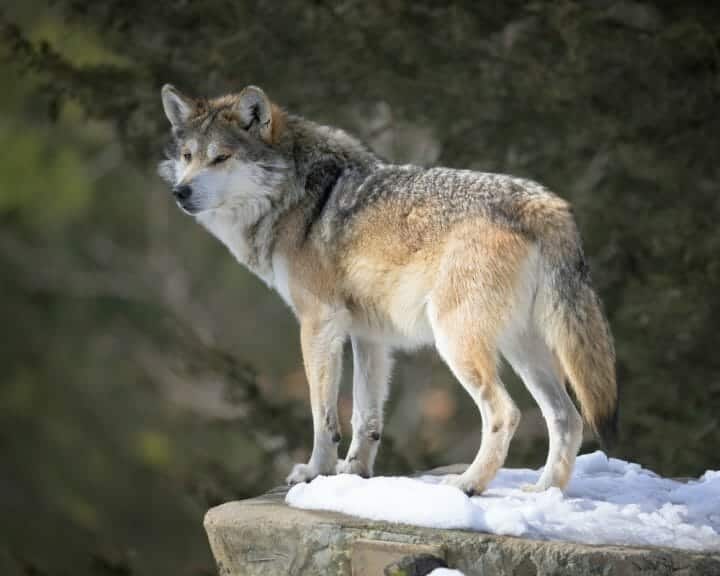
The best available science includes findings from a group of independent scientists who determined recovery of the Mexican gray wolf will require three connected populations totaling at least 750 wolves. Lobos of the Southwest notes that two of these populations could be in the Grand Canyon ecoregion and the Southern Rocky Mountains, where Asha was found journeying.
The U.S. Fish and Wildlife Service (USFWS) originally maintained that Asha was not a threat to human health or public safety and decided to just notify ranchers in the area. But on January 23rd, USFWS authorized the New Mexico Department of Fish and Game’s capture of Asha. USFWS stated that the permit authorizing the Mexican Wolf Experimental Population Area allows them to recapture wolves that wander outside the designated area.
“The decision to capture and transfer f2754 [Asha] was made in accordance with the Service’s current recovery permit, which states that ‘authorized permittees may capture and at the direction and discretion of the USFWS Mexican Wolf Recovery Coordinator, return to the Mexican Wolf Experimental Population Area, or transfer to captivity or Mexico, any Mexican wolves that have dispersed from the experimental population and that establish wholly outside of the MWEPA in Arizona, New Mexico, or Texas.”
Aislinn Maestas / U.S. Fish and Wildlife Service
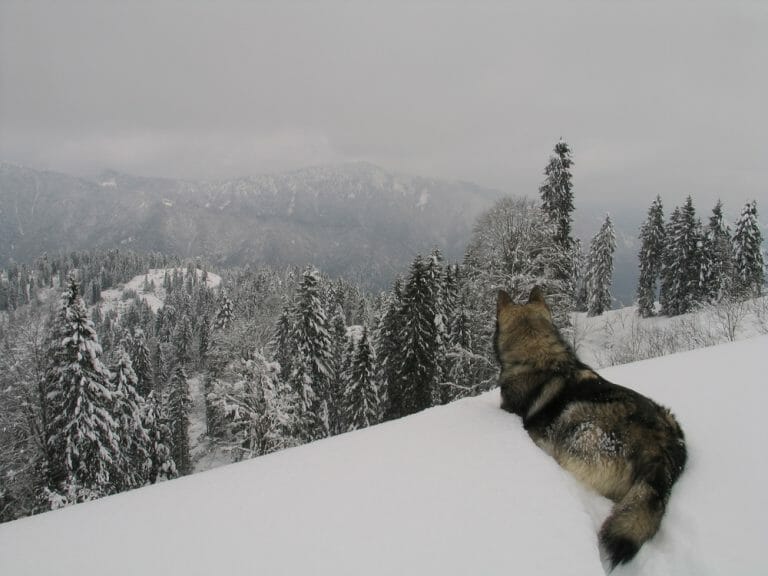
While the Service stated that they were allowed to re-capture wandering Lobos, they did not state that it was required, helping explain why Asha was allowed to roam for three weeks before her capture. The agency also noted that Asha’s continued journey through breeding season prompted her capture.
“[Asha] showed no signs of returning to the MWEPA. As it is breeding season and there are no other known wolves in the area, there was a high likelihood of a negative interaction or breeding with domestic dogs.”
Aislinn Maestas / U.S. Fish and Wildlife Service
The U.S. Fish and Wildlife Service’s reasoning behind the capture did little to sway conservationists, as they expressed their collective discontent this past week. Mary Katherine Ray, wildlife chair for the Rio Grande Chapter of the Sierra Club, said:
“Sadly, Asha’s capture brings an end to her wild wanderings, but it does not change that wolves could and should once again roam in the Southern Rockies. Scientific findings tell us this is true. Asha herself, in making her journey, told us this is true.”
Katherine Ray / Center for Biological Diversity
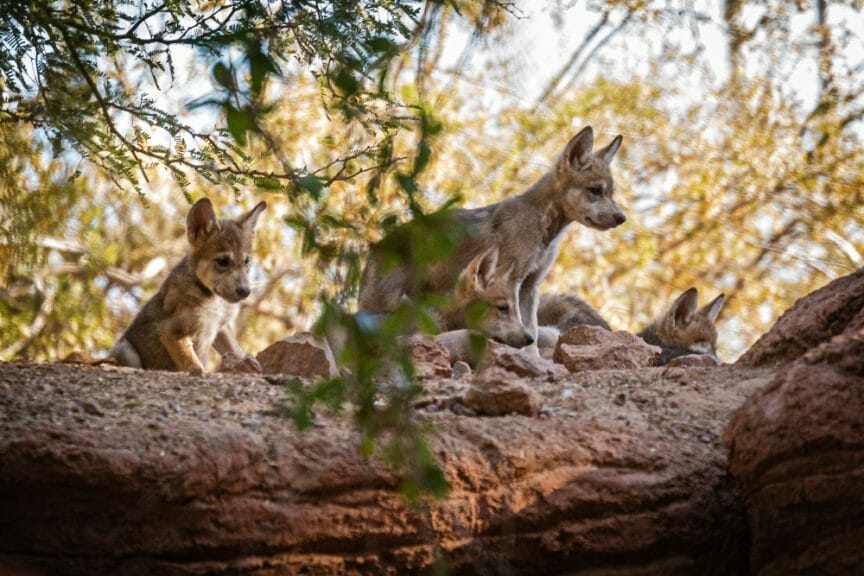
To stay up to date on the latest news about the Mexican gray wolf, as well as learn more about what you can do to help protect their population, visit https://mexicanwolves.org/ for more info.


